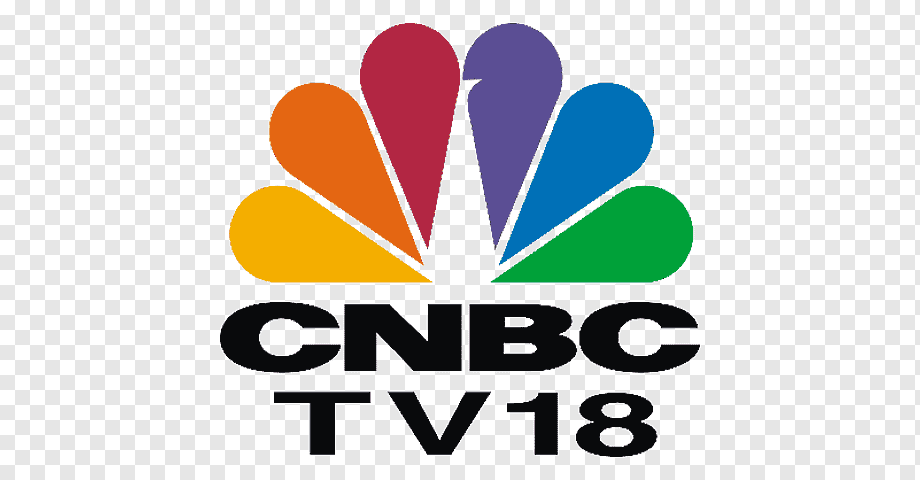Advertisement|Remove ads.
Morality clauses turn minefield as influencer–brand contracts get stricter
As morality clauses become standard across influencer contracts, creators say the lack of clear definitions is exposing them to unpredictable risks — from old videos resurfacing online to audience-driven controversies. Legal experts warn that the vague wording allows brands near-total discretion in deciding what constitutes reputational harm, prompting growing calls for fairer and more balanced terms.

India’s booming influencer economy has brought unprecedented visibility and commercial opportunities, but it has also created a new set of contractual landmines.
As brands tighten their partnership terms, vague and sweeping morality clauses are emerging as a powerful—and often problematic—tool to govern influencer behaviour.
Legal experts say these clauses, now common across most creator–brand agreements, are drafted so broadly that they give brands the right to terminate deals over almost anything that could be perceived as reputationally damaging. The lack of clarity, they warn, is leaving influencers exposed to interpretation, public sentiment swings, and even past actions resurfacing online.
Siddharth Chandrashekhar, Advocate at the Bombay High Court, says a standard morality clause is rarely defined with precision. “It would say something along the lines of: the contractee is not permitted to behave in a manner that would be detrimental to the party they are signing the contract with,” he explains. “It does not specify a timeline, it does not specify what kind of behaviours, and it does not specify whether this behaviour would be pursuant to signing the contract or prior in time.”
This ambiguity, combined with the speed of online virality, has turned morality clauses into an instrument that can be triggered by old incidents, even those unrelated to an influencer’s current brand work. Chandrashekhar warns that a minor past misdemeanour—such as a months-old video of someone involved in a drunken brawl—can suddenly resurface and put existing campaigns at risk.
For influencers who depend on authenticity and real-time engagement, the stakes are particularly high. Rohit Agarwal, Founder and Director of Alpha Zegus, says morality clauses began to proliferate around the time cancel culture took hold online. “Ever since this idea of cancel culture has come in, brands have started putting morality clauses into their documents," he says. With perceptions shifting rapidly across demographics and over time, he adds, "What was acceptable a couple of years ago might not be acceptable now, and vice versa."
Agarwal notes that influencers operate on two pillars—relatability and trust. While creators agree that they must remain accurate and responsible, they also argue that overbroad clauses now interfere with their creative freedom. “Ideally, the red tape should only be: don’t do anything illegal, don’t miscommunicate facts," he says. "But now the vagueness has reached a point where a brand may say, ‘If you say or do anything that disturbs the sentiments of your audience, we will take legal action.’"
The real-world impact is already visible. Agarwal describes a recent case in which a livestreamer faced backlash after wearing a green T-shirt during a sponsored session. A segment of viewers interpreted the colour symbolically and began spamming comments accusing him of being "anti-national." Despite the influencer having done nothing wrong, the brand moved to terminate the contract, citing negative sentiment.
Incidents like these highlight the growing mismatch between legal wording, online culture wars, and instant public reactions. "Where do we draw the boundary of morality in a contract?"Agarwal asks. He argues that rather than immediate termination, brands should introduce a remedy period—typically 48 to 72 hours—to allow for clarifications, public statements, or temporary silence.
As the creator economy expands and brands continue to seek risk-free partnerships, industry voices are pushing for more balanced terms. Without clearer definitions, experts warn, morality clauses will remain a grey zone—one where influencers shoulder the risk while brands retain the power.
Watch the accompanying video for the entire discussion.
As brands tighten their partnership terms, vague and sweeping morality clauses are emerging as a powerful—and often problematic—tool to govern influencer behaviour.
Legal experts say these clauses, now common across most creator–brand agreements, are drafted so broadly that they give brands the right to terminate deals over almost anything that could be perceived as reputationally damaging. The lack of clarity, they warn, is leaving influencers exposed to interpretation, public sentiment swings, and even past actions resurfacing online.
Siddharth Chandrashekhar, Advocate at the Bombay High Court, says a standard morality clause is rarely defined with precision. “It would say something along the lines of: the contractee is not permitted to behave in a manner that would be detrimental to the party they are signing the contract with,” he explains. “It does not specify a timeline, it does not specify what kind of behaviours, and it does not specify whether this behaviour would be pursuant to signing the contract or prior in time.”
This ambiguity, combined with the speed of online virality, has turned morality clauses into an instrument that can be triggered by old incidents, even those unrelated to an influencer’s current brand work. Chandrashekhar warns that a minor past misdemeanour—such as a months-old video of someone involved in a drunken brawl—can suddenly resurface and put existing campaigns at risk.
For influencers who depend on authenticity and real-time engagement, the stakes are particularly high. Rohit Agarwal, Founder and Director of Alpha Zegus, says morality clauses began to proliferate around the time cancel culture took hold online. “Ever since this idea of cancel culture has come in, brands have started putting morality clauses into their documents," he says. With perceptions shifting rapidly across demographics and over time, he adds, "What was acceptable a couple of years ago might not be acceptable now, and vice versa."
Agarwal notes that influencers operate on two pillars—relatability and trust. While creators agree that they must remain accurate and responsible, they also argue that overbroad clauses now interfere with their creative freedom. “Ideally, the red tape should only be: don’t do anything illegal, don’t miscommunicate facts," he says. "But now the vagueness has reached a point where a brand may say, ‘If you say or do anything that disturbs the sentiments of your audience, we will take legal action.’"
The real-world impact is already visible. Agarwal describes a recent case in which a livestreamer faced backlash after wearing a green T-shirt during a sponsored session. A segment of viewers interpreted the colour symbolically and began spamming comments accusing him of being "anti-national." Despite the influencer having done nothing wrong, the brand moved to terminate the contract, citing negative sentiment.
Incidents like these highlight the growing mismatch between legal wording, online culture wars, and instant public reactions. "Where do we draw the boundary of morality in a contract?"Agarwal asks. He argues that rather than immediate termination, brands should introduce a remedy period—typically 48 to 72 hours—to allow for clarifications, public statements, or temporary silence.
As the creator economy expands and brands continue to seek risk-free partnerships, industry voices are pushing for more balanced terms. Without clearer definitions, experts warn, morality clauses will remain a grey zone—one where influencers shoulder the risk while brands retain the power.
Watch the accompanying video for the entire discussion.
Read about our editorial guidelines and ethics policy












/filters:format(webp)https://news.stocktwits-cdn.com/large_M_and_A_deals_acquisitions_resized_jpg_a56d5b5e28.webp)
/filters:format(webp)https://news.stocktwits-cdn.com/vivekkrishnanphotography_58_jpg_0e45f66a62.webp)
/filters:format(webp)https://news.stocktwits-cdn.com/Getty_Images_2229019667_jpg_24c888d76a.webp)
/filters:format(webp)https://news.stocktwits-cdn.com/large_Getty_Images_2219301398_jpg_902c8a8c2f.webp)
/filters:format(webp)https://news.stocktwits-cdn.com/large_Circle_Internet_jpg_add0182c9c.webp)
/filters:format(webp)https://news.stocktwits-cdn.com/large_kraken_logo_resized_jpg_ba3af364ce.webp)
/filters:format(webp)https://st-everywhere-cms-prod.s3.us-east-1.amazonaws.com/Prabhjote_DP_67623a9828.jpg)
/filters:format(webp)https://news.stocktwits-cdn.com/large_job_seekers_florida_resized_jpg_742e535d49.webp)
/filters:format(webp)https://st-everywhere-cms-prod.s3.us-east-1.amazonaws.com/Rounak_Author_Image_7607005b05.png)